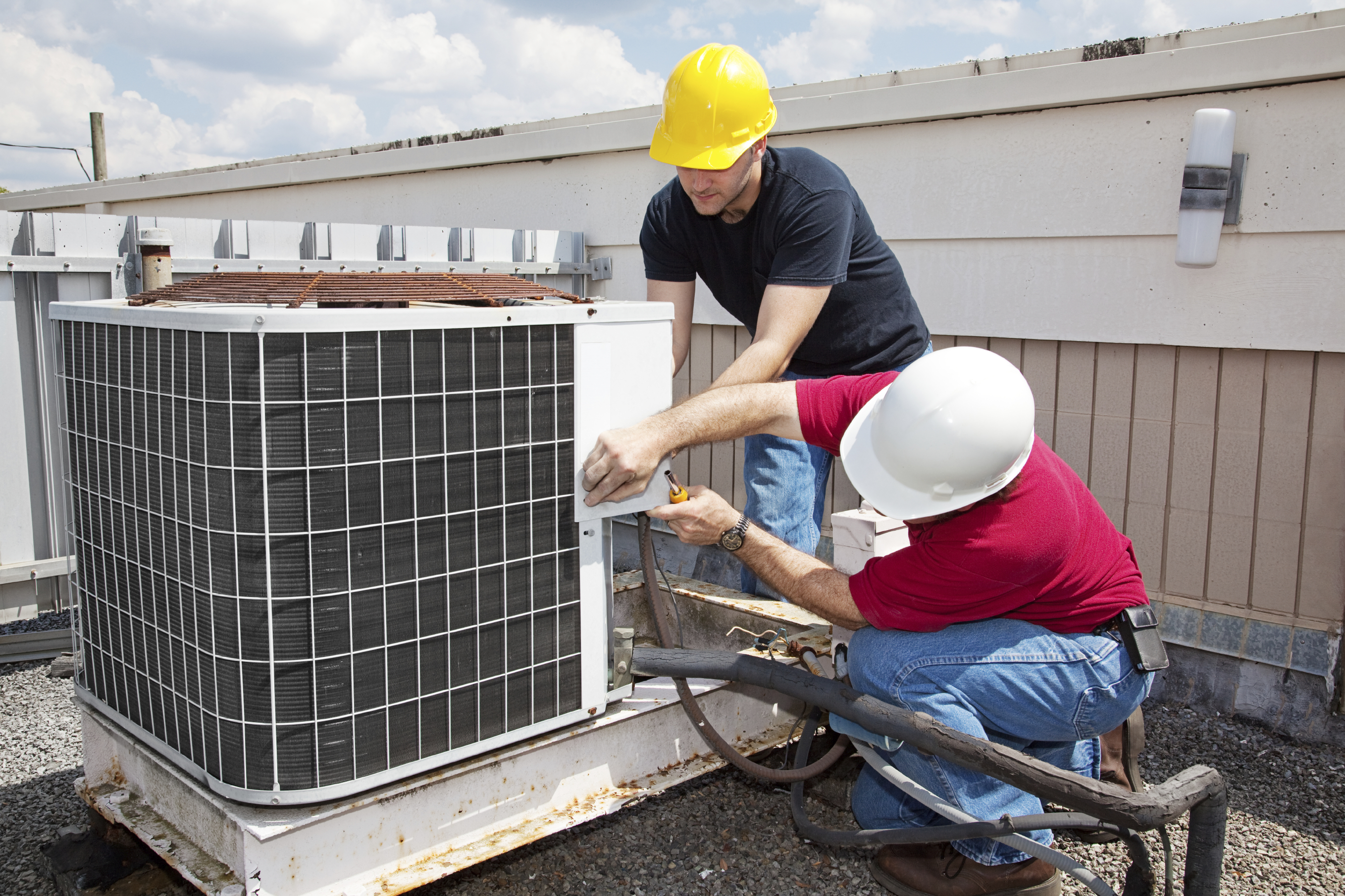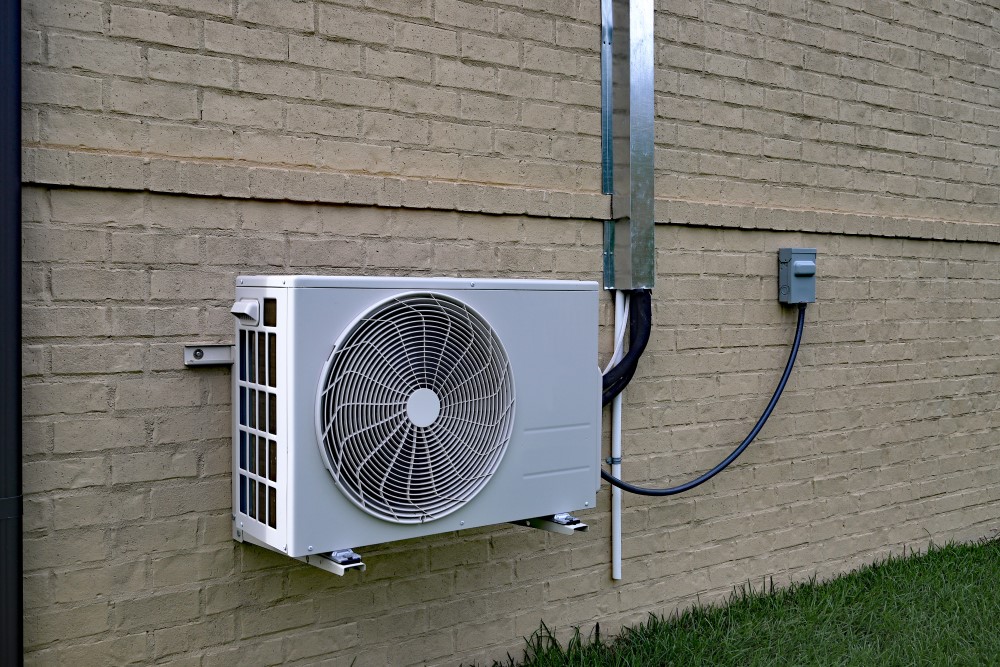Cooling Setup in High-Rise Buildings: Unique Obstacles
Have you ever before asked yourself why cooling installment in high-rise buildings offers one-of-a-kind obstacles?
The intricacy exceeds simply cooling the rooms successfully. From navigating minimal area constraints to dealing with vertical distribution difficulties, each aspect needs careful preparation.
But what concerning the architectural factors to consider and guaranteeing ease of access to electrical power for these systems?
These are simply a couple of items of the challenge that make tackling a/c installation in high-rise buildings a complex undertaking.
Secret Takeaways
- Tactical devices positioning and sound control are essential in high-rise air conditioner setups.
- Efficient ductwork routing and upkeep access ensure optimal heating and cooling efficiency.
- Safety and security, weight distribution, and adherence to building ordinance are important for structural stability.
- Power effectiveness, access, and seamless assimilation boost AC system capability in high-rise buildings.

Space Restraints
When setting up cooling in skyscrapers, you may come across area restraints that call for careful preparation and cutting-edge remedies. Minimal accessibility to particular locations can posture a challenge during installment. To tackle this, specific tools and creative handling may be essential to navigate through limited spaces and reach the marked areas for mounting the a/c devices.
Furthermore, in high-rise buildings, sound control is important to guarantee the comfort and health of occupants. The confined areas and closeness of property devices in these structures magnify the effect of noise generated by cooling systems. ac vent cleaning Carrying out soundproofing procedures, utilizing quieter equipment, and tactical positioning of elements can aid reduce noise disturbances for citizens.
Vertical Distribution Challenges
Discovering the intricacies of skyscrapers, particularly when it come to vertical distribution, offers one-of-a-kind difficulties for a/c setup. Ductwork challenges project in skyscraper frameworks, where routing ducts up and down with several floorings can be elaborate. Installment logistics end up being vital, as collaborating the placement of ductwork and equipment in a way that assurances reliable air flow and temperature level control throughout the building is paramount.
Upkeep gain access to is another significant worry when it concerns upright distribution in high-rise buildings. Making sure that HVAC systems are easily obtainable for regular maintenance and repair work is important for lasting performance. In addition, the logistics of devices transportation to greater floorings pose an obstacle. Moving hefty air conditioning units, ductwork elements, and other materials up vertical ranges needs careful preparation and control to ensure safety and efficiency.

Architectural Factors to consider
Taking into consideration the structural stability of skyscrapers is vital when planning cooling installations. Skyscrapers are developed to support certain weights, and including a/c systems can affect the total weight circulation. It's important to follow constructing codes to make certain that the extra weight from the cooling and heating units doesn't jeopardize the building's architectural stability. Building ordinance describe the maximum allowed tons for various areas of the structure, consisting of floors and wall surfaces, to avoid overloading.
Correct weight circulation is very important to prevent unequal stress on the structure's structure, which might result in structural problems over time. Heating and cooling systems must be tactically placed to distribute their weight uniformly and minimize any type of possible stress on specific areas. Engineers need to very carefully assess the structure's load-bearing capacity and design the cooling installation appropriately to make sure that it fulfills safety criteria and regulatory needs.
Electric Power Accessibility
To validate the successful installation of cooling systems in high-rise buildings, assessing the access of electric power is critical.
When reviewing the electric power access for a/c in high-rise buildings, consider the following:
Proximity to Power Sources: Make sure that the cooling systems lie near power sources to minimize energy loss and guarantee efficient procedure.
Push-button Control Ability: Opt for systems that offer remote control attributes, enabling convenient tracking and modification of the air conditioning units from a distance.
Power Performance Scores: Focus on cooling systems with high power performance rankings to lower total electricity consumption and reduced functional expenses.
Back-up Power Solutions: Implement back-up power solutions like generators or battery back-ups to ensure constant procedure of the a/c systems throughout power blackouts.
HVAC System Combination
When incorporating a/c systems into skyscrapers, coordinate perfectly with existing infrastructure for peak efficiency. Guarantee system compatibility by completely reviewing the building's layout and existing cooling and heating arrangement. During the installment process, focus on efficient assimilation to maximize the total efficiency of the cooling system.
To achieve successful heating and cooling system integration, team up very closely with architects, engineers, and contractors to deal with any kind of prospective obstacles. Conduct a detailed analysis of the building's ventilation, ductwork, and control systems to ensure smooth compatibility with the brand-new heating and cooling tools. This positive technique can aid prevent costly rework and delays throughout the installment stage.
Integrating cooling and heating systems in skyscrapers requires meticulous preparation and specific implementation to ensure peak functionality. Carrying out advanced technology and energy-efficient elements can further improve system performance and sustainability. By focusing on seamless combination and system compatibility, you can develop a comfy interior setting while making the most of energy effectiveness in skyscraper structures.
Frequently Asked Inquiries
Are There Any Details Laws or Codes That High-Rise Buildings Must Follow When Installing Cooling Equipments?
When setting up air conditioning systems in skyscrapers, guidelines and safety and security conformity are vital. Certain codes determine exactly how these systems ought to be mounted to ensure the safety of residents. Compliance with these laws is essential for the proper performance of the cooling units and to avoid prospective hazards.
It is necessary to follow these guidelines thoroughly to assure a risk-free and reliable cooling system within the building.
What Are Some Common Solutions for Sound Control in A/c Systems in Skyscraper?
To minimize sound in a/c systems in high-rise buildings, take into consideration soundproofing products and tactical positioning to wet resonances. Select energy-efficient versions with quieter procedure.
Normal maintenance checks and timely repair services can stop noisy malfunctions. Additionally, using variable speed modern technology can reduce noise degrees during low-demand periods.
Exactly How Do Extreme Weather Conditions, Such as High Winds or Lightning Strikes, Affect the Installment and Procedure of Cooling Solutions in High-Rise Buildings?
Extreme climate condition such as high winds or lightning strikes can greatly impact the setup and procedure of cooling systems in skyscrapers. These weather aspects can present architectural obstacles, influencing the stability and efficiency of the systems.
When facing such conditions, it is very important to consider the resilience of the structure's facilities and the toughness of the cooling and heating components to ensure suitable operating and safety and security.
Are There Any Special Factors To Consider for Incorporating Smart or Energy-saving Technologies Into Air Conditioning Systems in High-Rise Buildings?

When thinking about incorporating clever or energy-efficient innovations right into air conditioning systems in skyscrapers, there are some special considerations to remember. Assimilation challenges might develop when attaching different systems, and adapting these technologies to work effectively in a vertical environment can be complicated.
However, energy-saving technologies offer excellent prospective for decreasing prices and environmental effect. It is essential to very carefully intend and apply these options to optimize their advantages.
What Are the Upkeep Needs for A/c Equipments in Skyscraper, and Just How Typically Should They Be Serviced?
To maintain your cooling systems in high-rise buildings running efficiently, regular maintenance is essential.
Maintenance regularity relies on elements like use and system complexity. Usually, it's advised to have your AC units inspected a minimum of once a year by a professional service technician.
This routine upkeep not only ensures leading efficiency yet also assists in keeping energy effectiveness, saving you money in the long run.
Conclusion
On the whole, installing air conditioning in skyscrapers provides unique challenges as a result of space constraints, upright distribution difficulties, architectural considerations, electric power access, and a/c system integration.
It calls for mindful preparation and sychronisation to ensure the system works successfully and efficiently in such complex environments.
By attending to these challenges head-on and collaborating with seasoned specialists, building proprietors can guarantee that their passengers remain comfortable and awesome even in the tallest of structures.